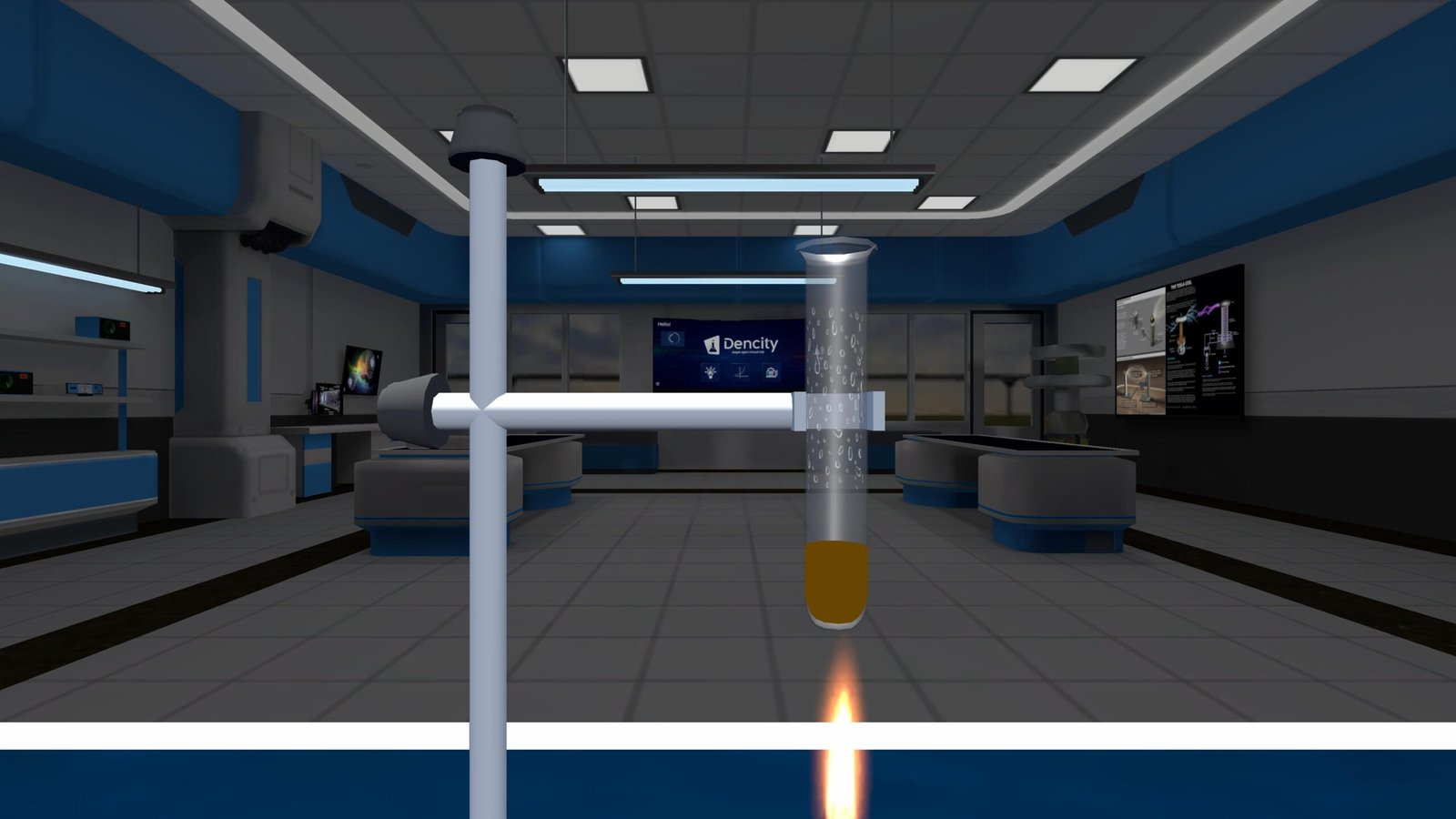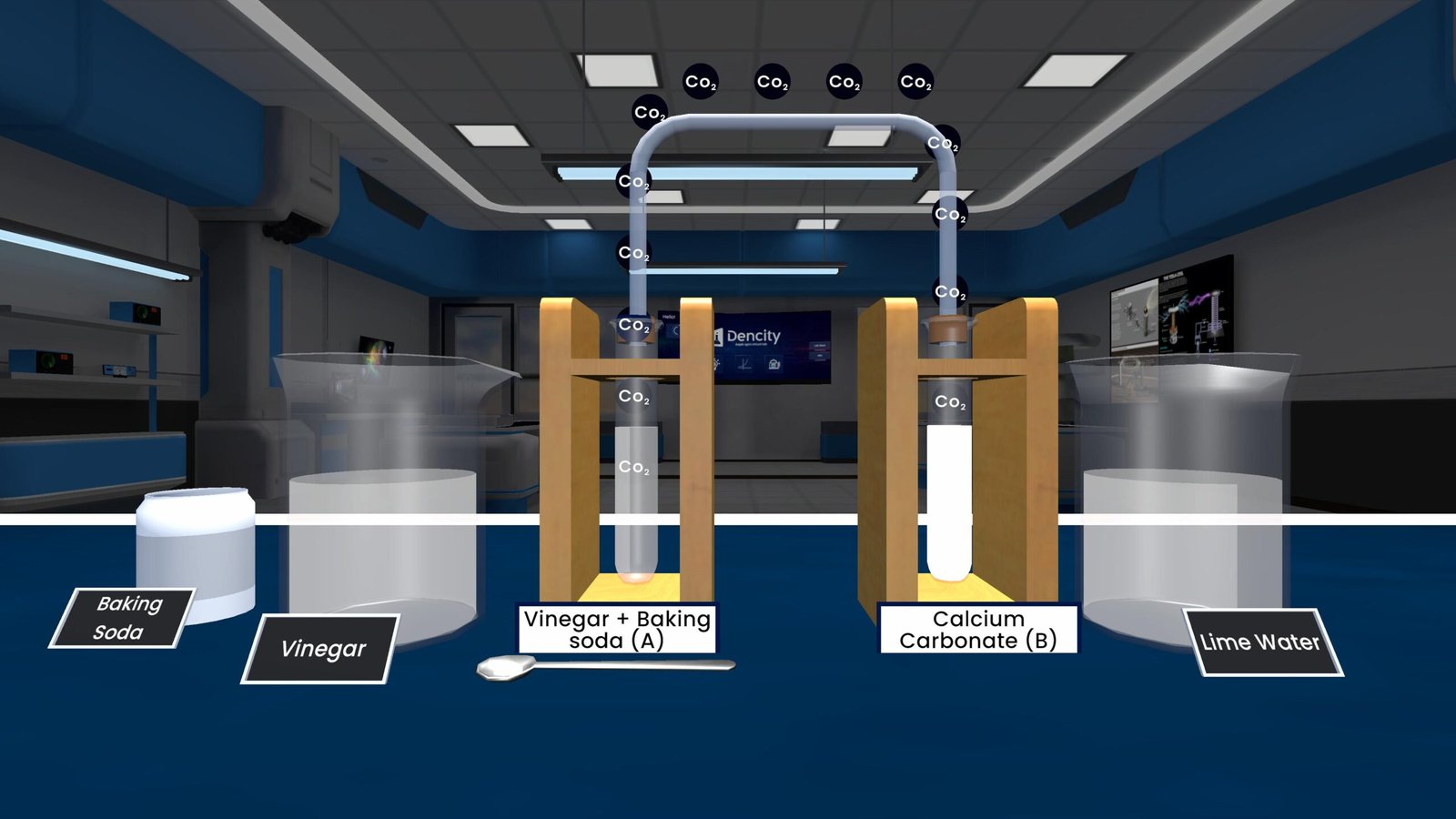Jaltrang Experiment – Understanding Sound, Pitch & Vibration Through Water Glasses
The Jaltrang Experiment is a simple yet fascinating way to explore the science of sound and vibrations using just a few water-filled glasses. Jaltrang, traditionally used in Indian classical music, teaches us how the pitch of sound changes based on how much water is in a glass.
When you tap a glass filled with water, it vibrates and produces a sound. The amount of water affects the pitch — less water means a higher pitch, and more water gives a lower pitch. This happens because the mass of water influences how fast or slow the glass can vibrate. In this experiment, each glass becomes a musical note, and together they can form a melody. It’s like creating a mini water-based xylophone right at your desk!
This experiment is ideal for students of class 6 to 8 to understand the concepts of vibration, sound waves, and pitch in an interactive and hands-on way.
What You’ll Learn:
- How sound is produced through vibration
- The effect of water level on sound pitch and frequency
- Basics of acoustics and resonance
- Real-world applications in musical instruments
Summary Table
| Water Level | Pitch of Sound |
|---|---|
| Least water | Highest pitch |
| Low water | High pitch |
| Medium water | Medium pitch |
| High water | Low pitch |
| Most water | Lowest pitch |
Experience Jaltrang Virtually with Dencity
Now, imagine doing this experiment without the mess of real water or the risk of breaking glass. That’s exactly what the Dencity Virtual Science Lab offers! With Dencity, students can perform the Jaltrang Experiment virtually on their phones, tablets, or computers.
This virtual science lab helps learners safely and cost-effectively explore scientific principles with real-time feedback and interactive simulations. It’s perfect for at-home learning, school demonstrations, or revision.
Dencity is available for Android, iOS, and Desktop and includes dozens of science experiments across all major topics.
Dencity for Teachers
- Enables interactive teaching with real-time experiments
- Teachers can assign control of experiments to students
- Allows live demonstrations and student participation from anywhere
- Includes automatic tracking of homework and student progress
- Boosts engagement with visuals, sound, and simulation-based learning
Optimized for Classroom Touch Panels
Dencity works flawlessly on interactive touch panels, allowing smooth, tap-based interaction for both teachers and students during live classes. Perfect for modern digital classrooms!
Contact Us for Customized Pricing
Are you an educator or institution? Reach out to us at dencityapp.in for customized demo sessions and pricing plans tailored to your school or coaching center.
Frequently Asked Questions (FAQs)
- What is the Jaltrang Experiment about?
It’s about observing how sound pitch changes when you tap glasses with different water levels. - Why does less water give a higher pitch?
Because the glass vibrates faster with less mass (water), producing a higher-frequency sound. - Can I play a song using Jaltrang?
Yes! By adjusting water levels carefully, you can recreate musical notes. - Is this experiment safe for kids?
Physically, it requires care, but with Dencity, it can be done virtually with zero risk. - Which class is this experiment suitable for?
It’s ideal for middle school (Class 6 to 8), focusing on sound and waves. - How does Dencity help with this experiment?
It provides a clean, interactive simulation that helps students explore sound properties easily. - What devices support Dencity?
It’s available on Android, iOS, and desktop platforms. - How does this relate to real instruments?
Jaltrang uses the same principles of resonance found in xylophones, marimbas, and more. - Can teachers use this in a live class?
Absolutely! Dencity supports interactive teaching via virtual classrooms and touch screens. - How do I get started with Dencity?
Visit dencityapp.in to explore the platform, download the app, and start your virtual science journey.







